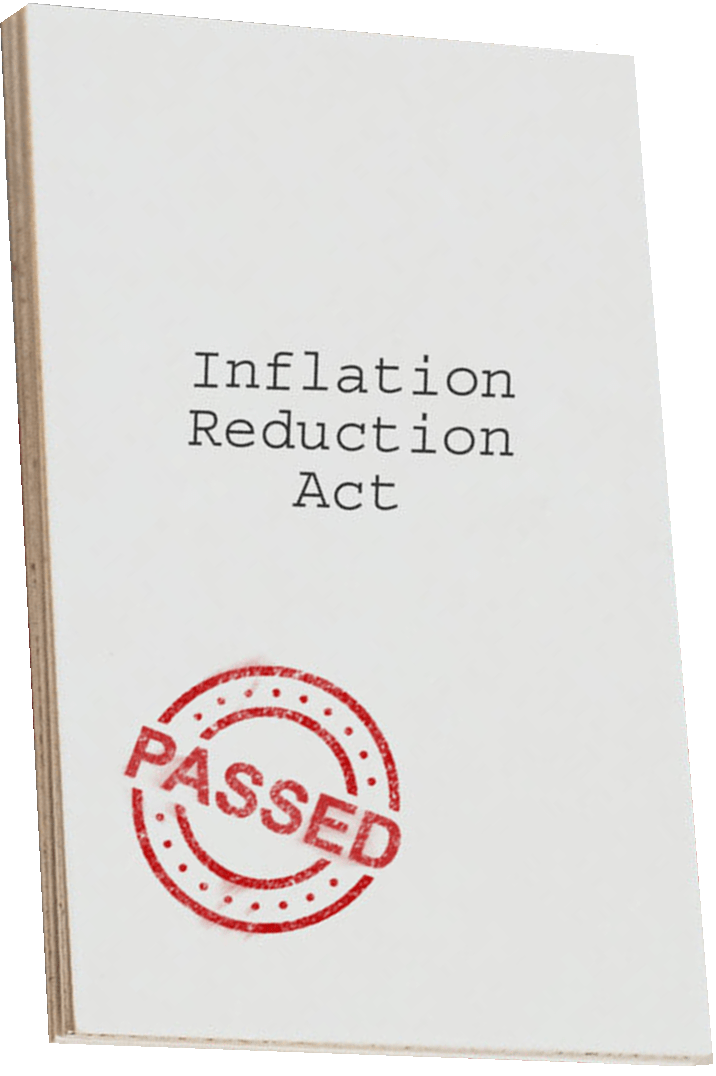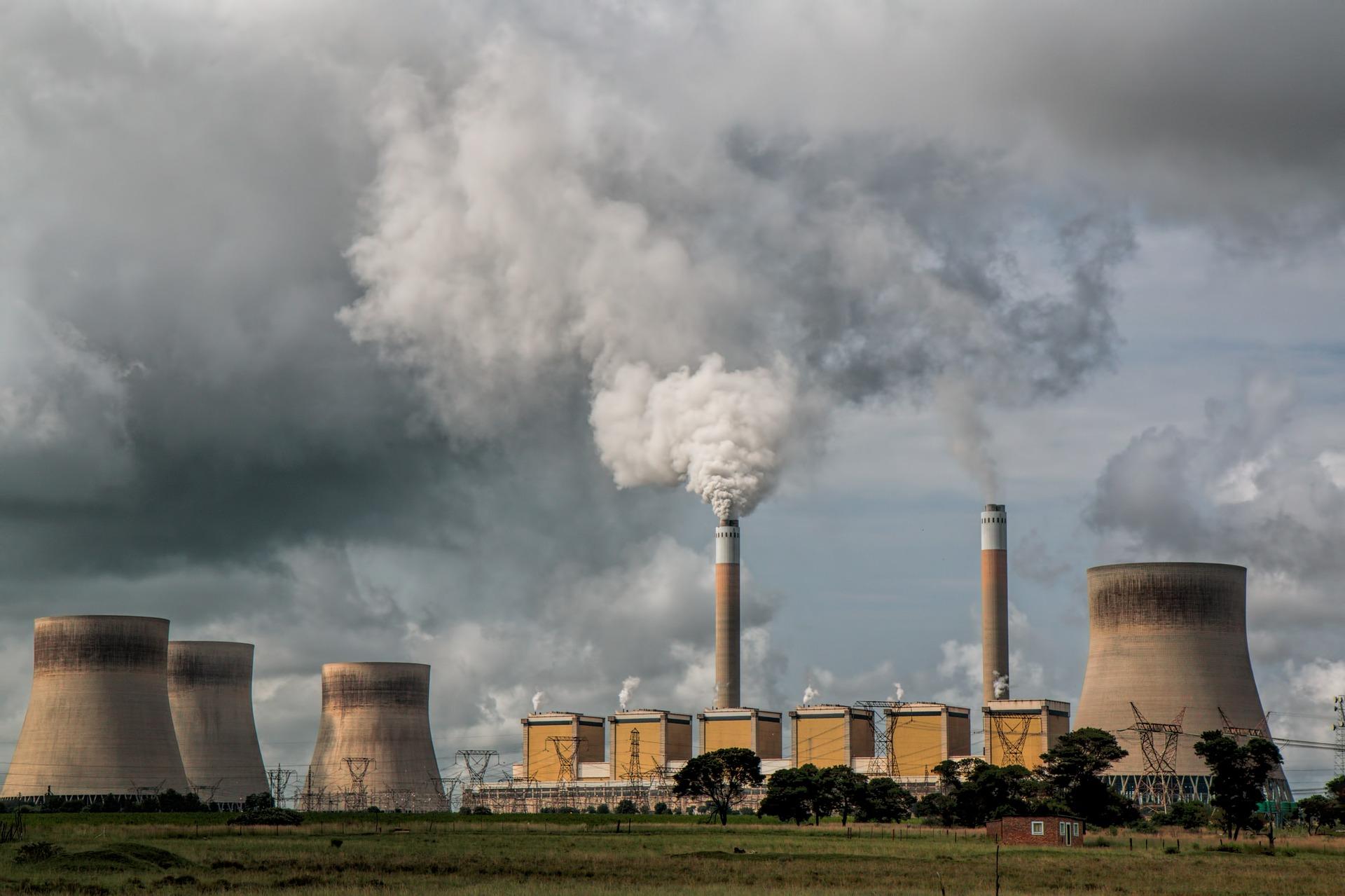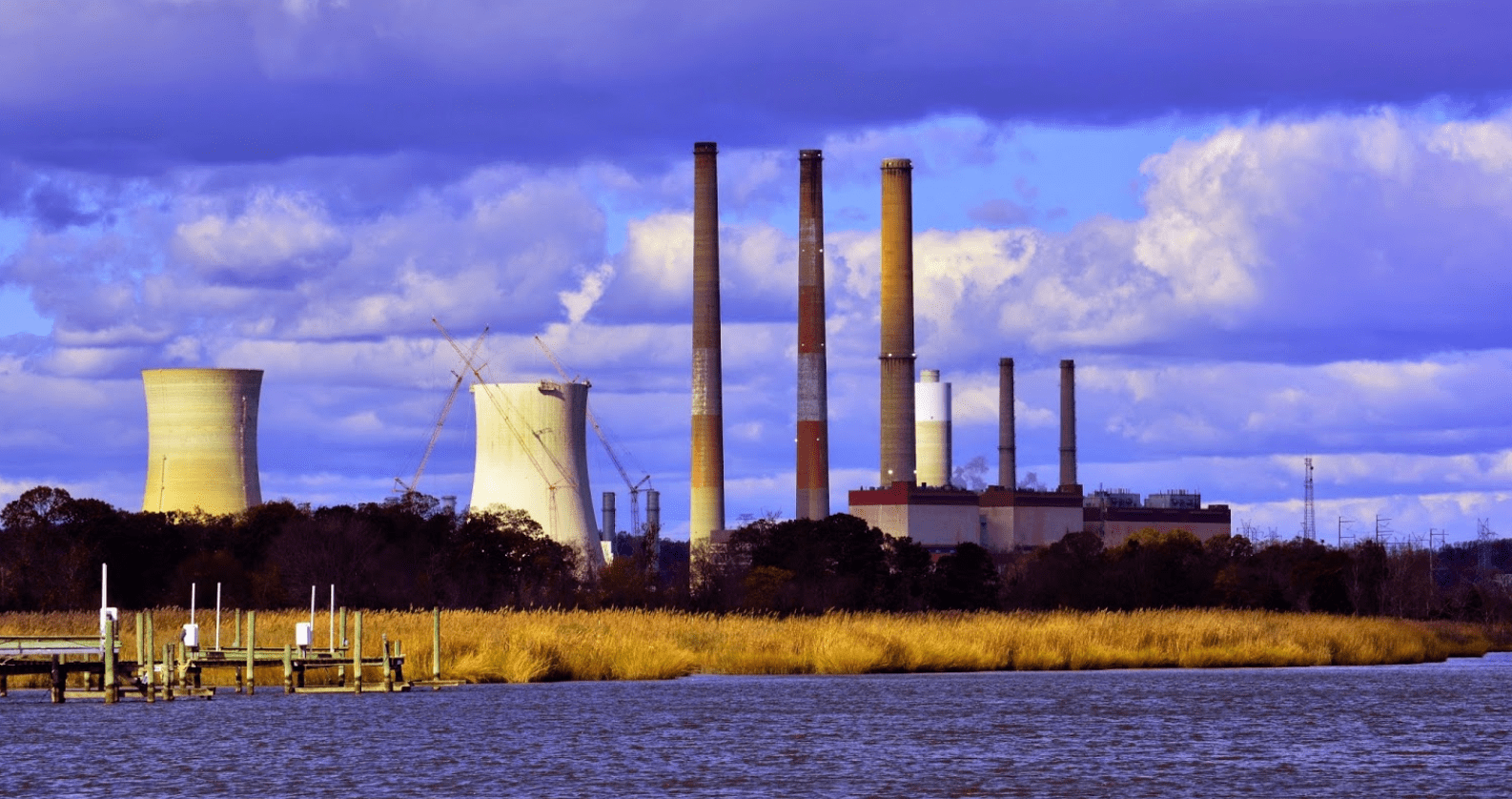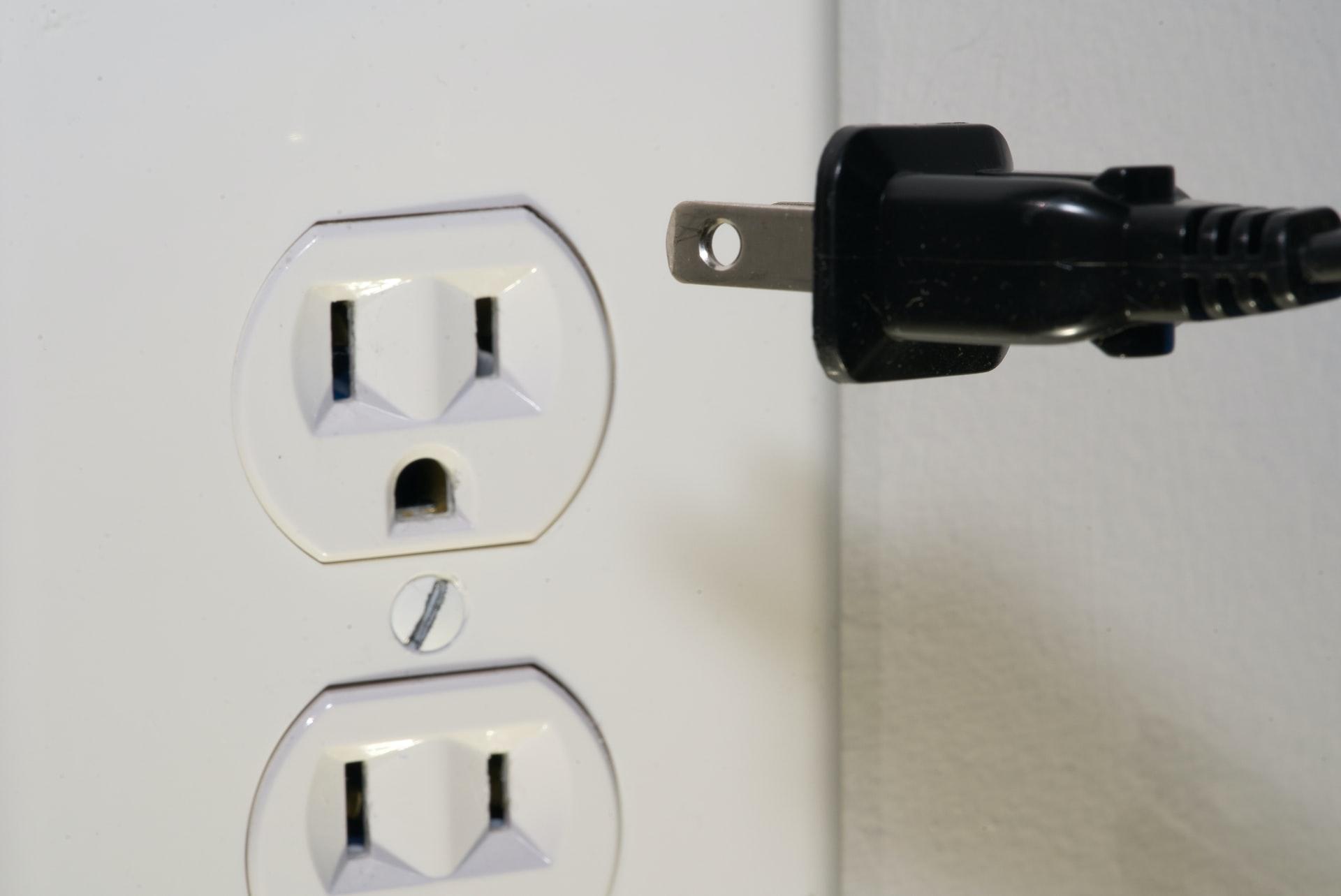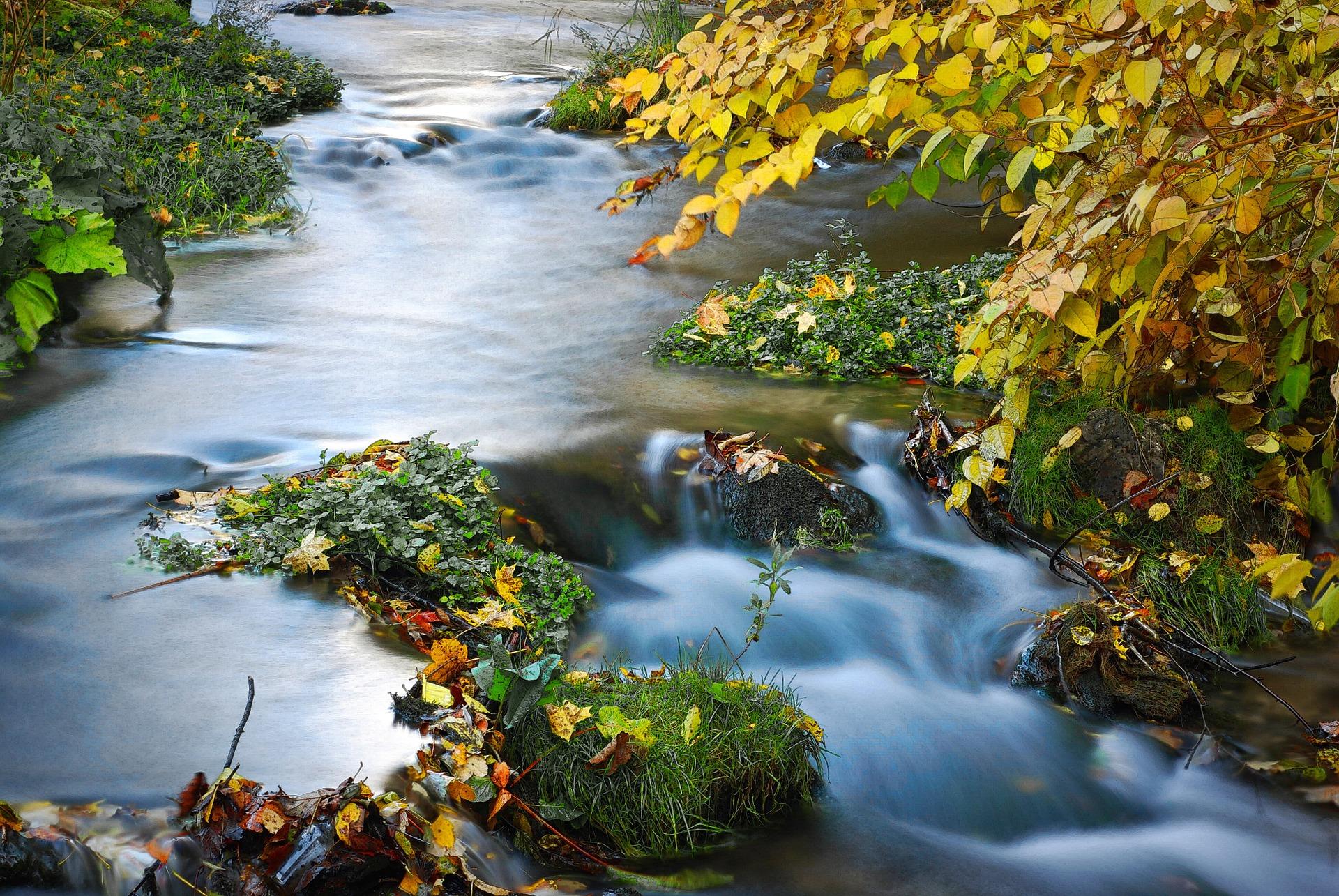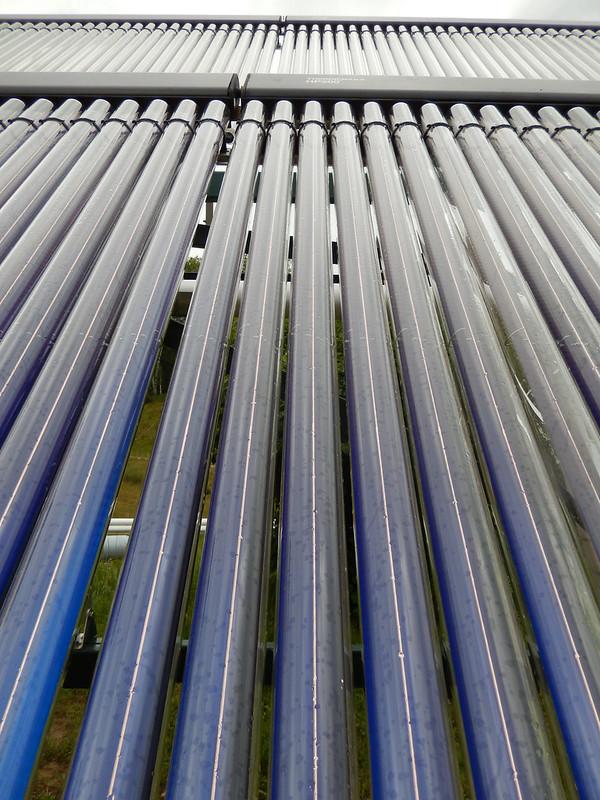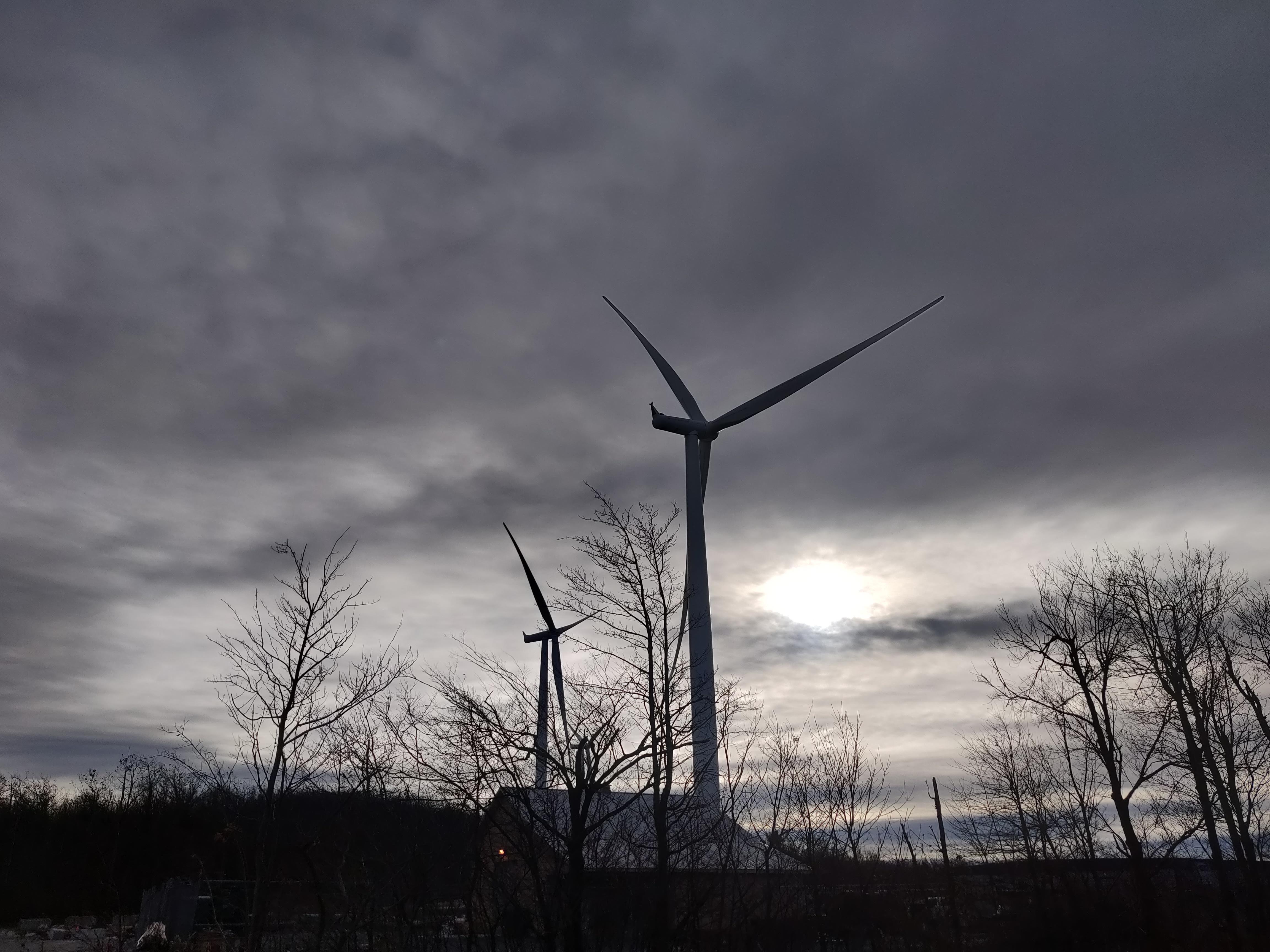The residential 30% tax credit for any project advanced in 2022 and will apply to projects through 2032. Projects with battery storage connected to and powered by solar also qualify. Standalone residential energy storage systems >3kW in capacity will also qualify for a 30% tax credit (they do not need to be connected to/powered by solar).
The 26% Commercial Solar Investment Tax Credit was also increased to 30% and extended through 2024; the 30% applies to solar projects placed in service during or after 2022. The base credit will also apply to projects <1 MW or that meet prevailing wage and apprenticeship requirements. If a project is >1 MW and does not meet those requirements, the base credit is 6%. There will also new credit adders that can be stacked for additional benefit:
- Up to 10% for projects that are located in "energy communities" (defined as brownfield sites, communities with high fossil fuel employment and high unemployment, and/or communities with closed coal mines or coal-fired power plants).
- Up to 10% for solar projects <5MW located in low-income communities; applications will be required.
- Up to 20% for solar projects < 5MW and built as part of an affordable housing project or to benefit low-income households; applications will be required.
- Up to 10% for using US-manufactured solar products and construction material.
- Energy storage facilities are also eligible.
This provision will become the "Clean Electricity Investment Credit" in 2025 and will be extended through 2032 or until emission targets are reached. Visit SEIA to review the Investment Tax Credit Extension (Section 1302), Production Tax Credit Addition (Section 1301), and Transition to New Technology Neutral Credit (Sections 13701 and 13702), as well as Department of Energy for more information on Federal Solar Tax Credits for Businesses.
